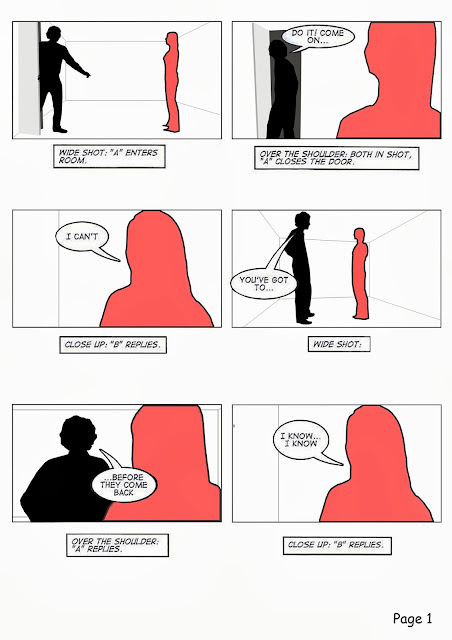There are different typses of opening sequnces. It depends on the genre of the movie, on what the creators want to focus the audience attention on. Usually, they don't put very important information in the begging of a movie, because audience needs to get used to the action, immerse themselves in it, understand the kind of movie there are watching. It should be attractive to make people watch the movie attentively and carefully, at least make people watch it. It doesn't matter so much, probably, when people are in the cinema and have already payed for their tickets, but it's crucial for TV series or movie on TV.
Some of the opening sequences aren't made by directors of the movie itself, but by somebody else. Still, they usually match with the mood of the movie. "Se7en" is a good example.
Also the music plays an esseential part in opening sequence, it shows the atmosphere, sometimes gives us some clue about the following action.
Camera work is probably the main part of it as it focuses our attention on the things we need to pay attention to.
Editing is impotant as well as it indicates the rythm of the movie and gives the mood as well.
Finally, mise-en-scene is very important as well. But, probably, actors themselves are not that crucial, their names in credits - that's what matters in opening sequence.
And, by the way, if somebody make a good opening sequence you will then watch it on YouTube and put 'Likes' to it. That's what matters most of all!!!

































